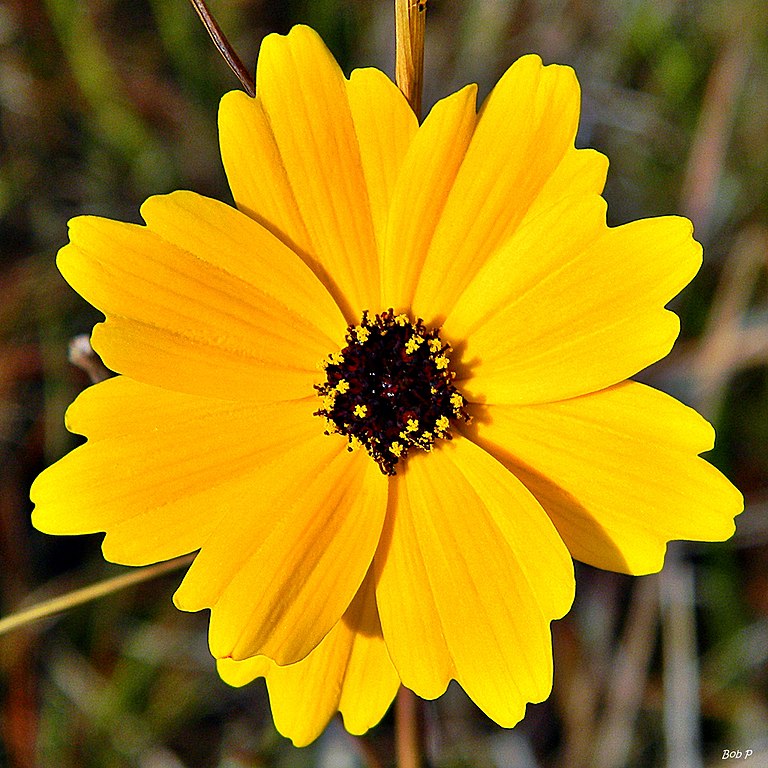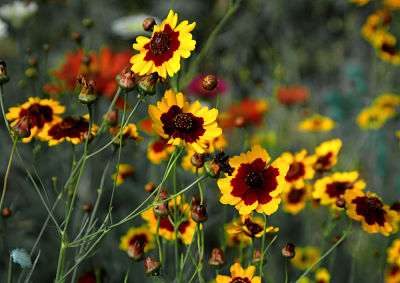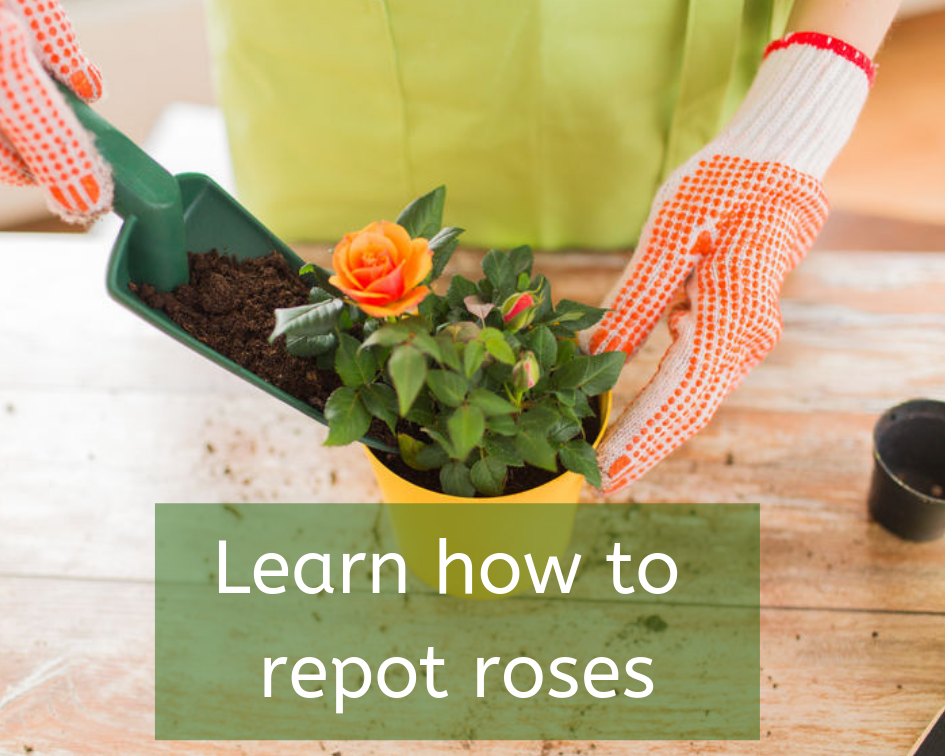This post may contain affiliate links. As an Amazon Associate we earn from qualifying purchases.
Learn how to care for tickseed and cheer up your garden!
If you’re looking for garden cheer, consider filling it with tickseed flowers (Coreopsis spp.). With their charming, typically yellow flowers and fine, almost ferny foliage, these native perennial plants lend a meadow-like air wherever they grow.
Tickseed is a pleasure to grow for its easygoing nature and its resistance to major diseases and pests when grown within their hardiness zones.
Light and Temperature Needs
A sunflower relative, tickseed loves as much sunlight as nature throws their way, so plant them in the sunniest spot in the garden. The plants also thrive when the weather heats up. Although most are technically perennials and, depending on species and cultivar, are hardy to USDA plant hardiness zones 3 to 9, gardeners outside of these zones grow them as annuals. Enter your ZIP Code to find your growing zone.

Water Requirements
Be careful not to overwater tickseeds. Drought-tolerant plants, too much water may kill them. As a general rule of thumb, water the tickseed once a week if it doesn’t rain and only if the soil feels dry to three inches deep. Water slowly, until the top 6 inches of soil is moist.
Fertilizing the Tickseed
Tickseeds are native wildflowers and adapted to growth in the wild. Too much fertilizer causes soft stems and the plants may become floppy. If you aren’t getting the number of flowers you want, plant additional seed – tickseeds bloom better when they are crowded. If you must fertilize, do so in early spring and use a 10-10-10 fertilizer. Not all fertilizers are alike so use the amount specified on the fertilizer label. Sprinkle the granules around the tickseeds and water until the soil is moist.

Pruning Tickseed
Deadhead tickseeds to prolong the blooming period. Either snip off the flowers just above the next bud or shear the plant to 1/3 of its size. Cutting it back like this may prompt the tickseed to produce new buds. If you want the plant to reseed, allow the flowers to dry in place.
Propagation is Easy
Tickseed is such an easy grower that propagating it is a snap. If you’ve been growing it for a while you may want to divide the plant. Water the tickseed the day before performing the division. Drive a shovel into the soil about 2 feet away from a clump. Lift the shovel and insert it again, next to the first spot and continue this until you’ve sliced through the soil in a circle around the tickseed. Use the shovel to pry the tickseed clump from the soil and replant it in the new location immediately.
No soil preparation is necessary if you prefer to plant seeds (buy them online at Botanical Interests). Sprinkle them on the soil and cover with a very thin layer of soil – about 1/16 inch. It’s important not to bury the seed to deep, it requires light to germinate. Keep the seeds moist while they germinate and water the seedlings to keep the soil consistently moist.



